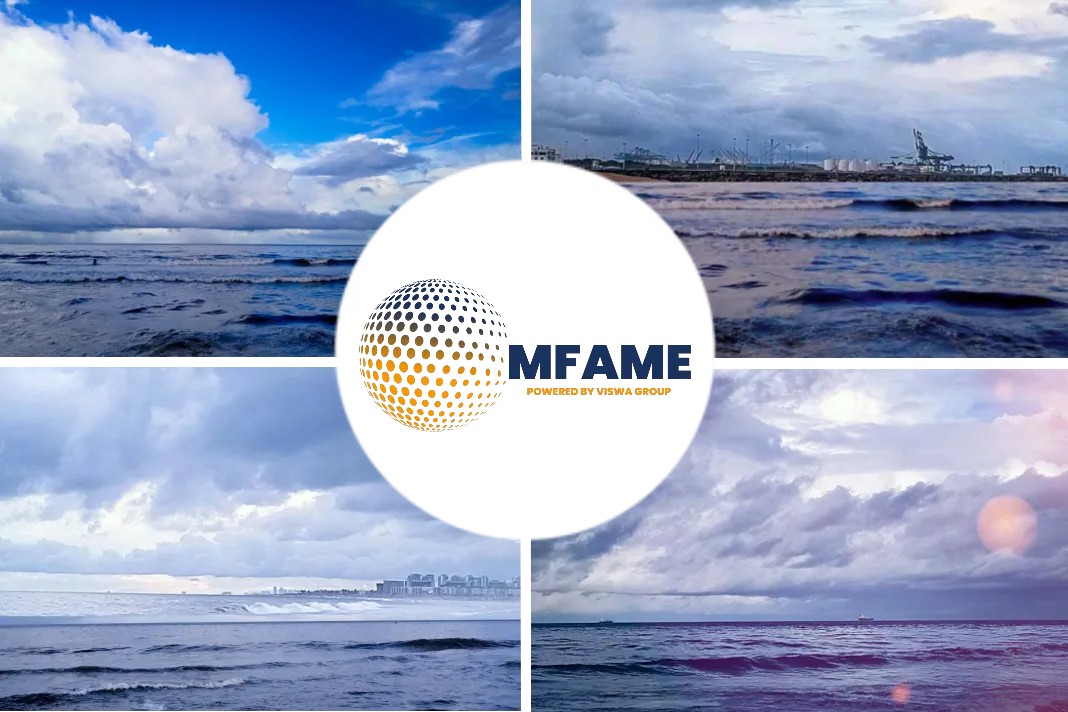The Dutch Safety Board issued an investigation on the loss of containers from the MSC Zoe in 2019, sharing valuable lessons learned on the shipping routes that pass the Wadden Islands to the north.
The report stressed that minimizing the risks of container loss in the area requires an integrated approach by the container shipping sector, the IMO and the Dutch government.
The incident
In the night of 1 to 2 January 2019, the MSC Zoe with more than 8,000 containers onboard was travelling from Sines in Portugal to Bremerhaven in Germany.
North of the Dutch Wadden Islands, the MSC Zoe found itself in severe weather. The ship lost 342 containers and three million kilograms of cargo fell into the sea.
The cargo comprised a wide range of items and packaging materials that on the subsequent days washed ashore on the coastline of the Wadden Islands.
The investigation into the course of events has revealed that the MSC Zoe lost cargo at six locations.
Probable causes
The extreme forces acting on the ship, the containers and the lashing systems as a result of specific conditions on this shipping route were the primary cause of the loss of containers.
Findings on shipping routes
Above the Wadden Islands there are two internationally designated shipping routes, a northern and a southern route. The investigation by the Dutch Safety Board has revealed that a combination of a number of phenomena means that on both the southern and northern shipping routes, there is a risk of loss of containers.
In storm-force northwesterly wind, vessels are confronted with high athwartships waves. As a consequence, large, wide container ships make extreme rolling movements.
On the relatively shallow southern shipping route, there is also a risk of seabed contact (grounding) due to the combination of vertical and horizontal ship movements.
Moreover, waves can slam against the ship, and seawater travelling at high speed along the side of the ship can be forced upwards against the containers.
“These phenomena, individually and in combination, cause extreme forces to act on the ship, the containers and the lashing systems used to retain the containers. As a consequence, containers can break free and be washed overboard.”
Conclusions
- For container ships, no specific guidelines or requirements are imposed on the choice of northern or southern shipping route above the Wadden Islands. Managing the risks of loss of containers on the shipping routes above the Wadden Islands currently depends on the situational decision-making on the ship if risks actually arise. This is a vulnerable situation, given that the crew has no insight in the forces and accelerations acting on containers. Also information on wave periods and wave direction is lacking in NAVTEX-messages, which is essential information for the purpose of assessing risks as a result of roll motion. The Dutch government or IMO routeing measures do not point explicitly to the risks of container loss on these shipping routes in the vicinity of a vulnerable nature area.
- In managing the risks on the shipping routes above the Wadden Islands, the shipping sector has not yet established any link between the undesirability of damage to nature values (in particular the Wadden area) and the polluting consequences of the loss of containers.
- The development of ever larger container ships is leading to a greater risk of loss of containers both in terms of probability and scale of the effects of such an incident. The economies of scale towards ever larger container ships have not resulted in a revised inventory or evaluation of the risks of loss of containers from these ships.
Recommendations
The international report makes recommendations to the Panamanian, German and Dutch governments to review the technical requirements imposed on container ships in an IMO context. More specifically, this concerns:
- the design requirements for lashing systems and containers,
- the requirements for loading and stability of container ships,
- obligations with regard to instruments providing insight into roll motions and accelerations, and
- the technical possibilities for detecting container loss.
Recommendations are also made to the German and Dutch governments to investigate, in cooperation with Denmark, the need for additional measures on these shipping routes or adjustments to the routes and to submit a proposal to the IMO on the basis thereof.
In addition, the shipping company of the MSC Zoe is instructed to explicitly draw the attention of crews sailing in this area to the route-specific risks, and to equip and load their ships in such a way that the loss of containers is prevented.
Finally, through the World Shipping Council and the ICS, the international maritime sector is called upon to actively communicate the safety lessons from the investigation and to take the lead in drafting safety requirements and in the innovation of ship design and container transport in order to minimize the risk of container loss, also in conditions such as near the Wadden area.
Did you subscribe to our daily newsletter?
It’s Free! Click here to Subscribe!
Source: Dutch Safety Board


















